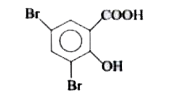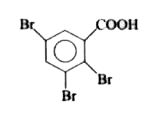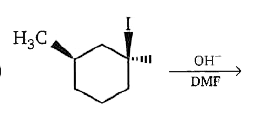Humification results in the formation of _______substance.
Colloidal , Basic
Acidic ,light coloured
Amorphous,dark coloured
Light coloured, Colloidal
The correct Answer is:D
Step-by-Step Solution:
1. Understanding Humification: Humification is the process through which organic matter, such as dead leaves and other plant materials, is broken down by decomposers like earthworms and microorganisms. This process is essential for nutrient cycling in ecosystems.
2. Fragmentation: Initially, the dead organic matter undergoes fragmentation. This is where larger pieces of organic material are broken down into smaller fragments by the action of decomposers.
3. Decomposition: Following fragmentation, the smaller fragments go through decomposition, where they are further broken down into simpler substances. This process is known as catabolism.
4. Formation of Humus: As decomposition progresses, a dark-colored, amorphous, and colloidal substance begins to form. This substance is known as humus. Humus is significant because it is highly resistant to further decomposition and serves as a reservoir for essential minerals.
5. Characteristics of Humus: Humus is characterized by its dark color, amorphous nature, and colloidal properties. It decomposes very slowly and eventually contributes to the mineralization process, where nutrients are released back into the soil.
6. Final Answer: Therefore, humification results in the formation of humus.
---
Topper's Solved these Questions
- ECOSYSTEMBOOK - AAKASH INSTITUTE ENGLISHCHAPTER - ECOSYSTEMEXERCISE - Assignment (Section B)
35 Videos
- ECOSYSTEMBOOK - AAKASH INSTITUTE ENGLISHCHAPTER - ECOSYSTEMEXERCISE - Assignment (Section C)
66 Videos
- ECOSYSTEMBOOK - AAKASH INSTITUTE ENGLISHCHAPTER - ECOSYSTEMEXERCISE - Exercise
20 Videos
- DIGESTION AND ABSORPTION BOOK - AAKASH INSTITUTE ENGLISHCHAPTER - DIGESTION AND ABSORPTION EXERCISE - Assignment (SECTION-D Assertion - Reason Type Questions )
10 Videos
- ENVIRONMENTAL ISSUESBOOK - AAKASH INSTITUTE ENGLISHCHAPTER - ENVIRONMENTAL ISSUESEXERCISE - ASSIGNMENT SECTION D
15 Videos
Similar Questions
Knowledge Check
The action of Br2/H2O on salicylic acid results in the formation of :
A B
B C
C D
D
The action of bromine water (excess) on salicylic acid results in the formation of :
A B
B C
C D
D
Which reaction results in the formation ofa pair of enantiomers ?
A B
B C
C D
D
The action of bromine water (excess) on salicylic acid results in the formation of :
View SolutionThe homolytic fission of hydrocarbon results in the formation of
View SolutionPhoto-oxidation of water results in the formation of
View SolutionElimination of HBrfrom 2 bromobutane results in the formation of .
View SolutionCyclic photophosphorylation results in the formation of
View Solution
